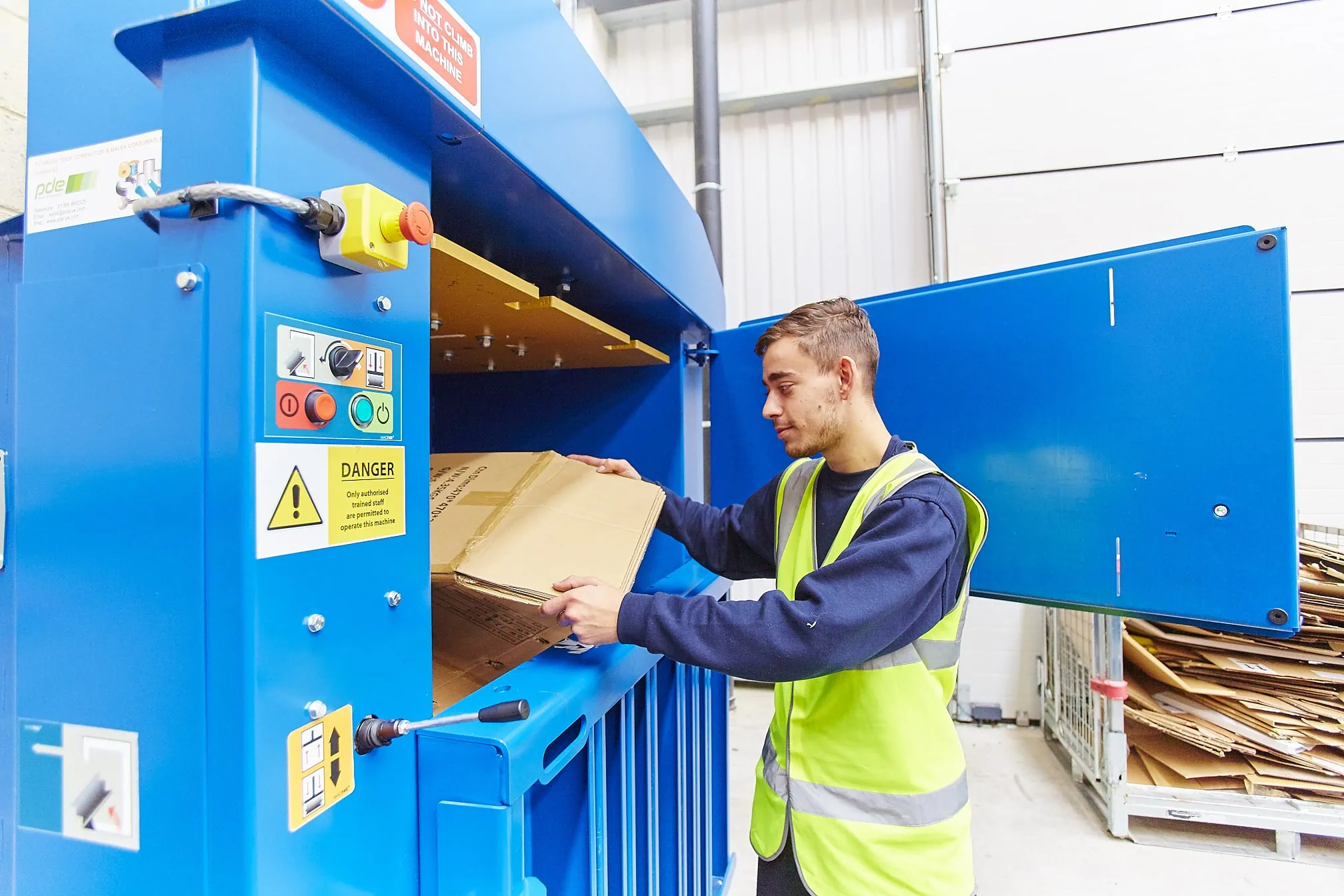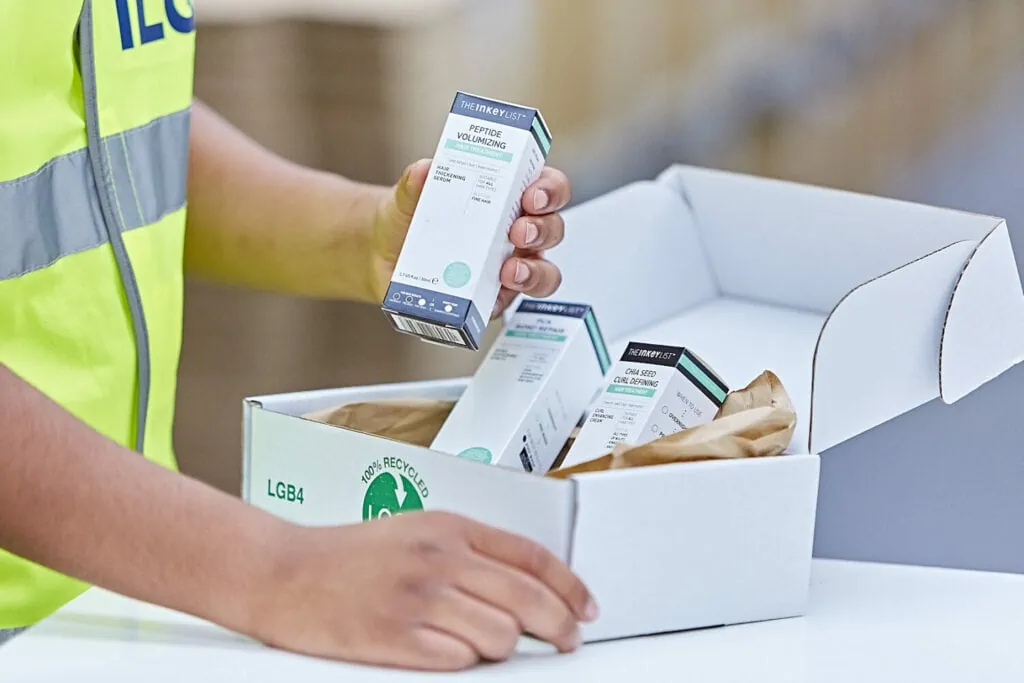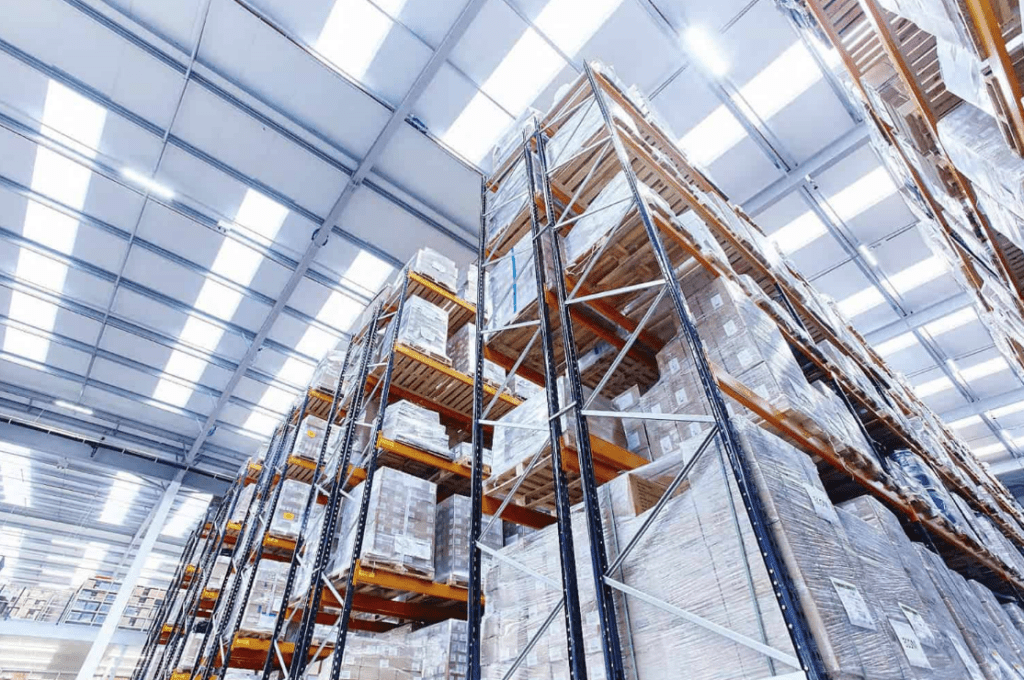
What UK Businesses Need to Know
Two new pieces of legislation are set to transform the way UK businesses approach packaging. The first is the Plastic Packaging Tax (PPT), which comes into force on 1 April 2022. Then, in 2023, the Government is set to introduce Extended Producer Responsibility (EPR) for packaging.
How will these new laws apply, who will be affected and what should you be doing to prepare?
In this blog, we summarise the key facts about both pieces of legislation. This will be followed by a second article looking at how they will affect the beauty industry, and what you can do to keep your packaging beautiful for your customers, the planet and your business.
What is Plastic Packaging Tax?
The PPT is a tax levied on businesses proportional to the weight of unrecycled plastic packaging they put into the market. It is part of the Government’s drive to cut plastic pollution by making the polluter pay. PPT will apply to the manufacture and import of any packaging that is predominantly plastic by weight unless at least 30% of that plastic is recycled.

Who has to pay Plastic Packaging Tax?
Any business that has manufactured or imported 10 tonnes or more of plastic packaging over the past 12 months, or expects to do so over the next 30 days, will have to register for PPT within 30 days of the date you met or exceeded the threshold. For the first year, the count back will start from 1 April 2022. Even if your business does not exceed the threshold, you will be obliged to keep a record of the packaging you manufacture or import. You may be required to present this record as evidence that the tax does not apply to you.
How much Plastic Packaging Tax will I have to pay?
Businesses that meet the criteria for PPT will have to pay £200 per tonne of plastic packaging containing less than 30% recycled plastic.
Does it include all types of plastic?
There are certain uses of plastic packaging that are out of the scope of the tax. For example, in the beauty industry these include:
- Plastic packaging where the primary function is for storage. This includes manicure sets but not hair and beauty or bath and shower products.
- Plastic packaging that is an integral part of the goods, such as mascara brush, wand, and cap (but not the bottle) and lipstick mechanism and case (but not the cap), but not including liquid soap pumps.
- Plastic packaging to be reused primarily for presentation, such as sales display shelves and presentation stands, but not those for single use.
- Transport packaging is used to import goods into the UK, provided it is designed to transport multiple sales units or grouped packaging AND prevent damage during transportation.
Follow this link for Government guidance on what falls in and out of the scope of PPT.
Some exempt packaging still needs to be recorded when calculating the 10-tonne threshold and some do not. See Government guidance on what counts towards the threshold.
What records do I need for Plastic Packaging Tax?
Whether you register to pay PPT or you fall beneath the 10-tonne threshold, you need to keep records to support the figures you declare. Registered companies need to show in their quarterly accounts the weight of plastic packaging they have manufactured or imported, along with an explanation of how the figures were calculated and evidence to support the calculations. These accounts must be kept for at least six years from the end of the accounting period.
The weight of any plastic exported or converted into new packaging components must also be recorded, as this can be set against taxable plastic and used to claim credits. Records must be specific to each product line that you produce or import – a ‘product line’ being a group of plastic packaging components produced to the same specification. This includes any plastics that are exempt, for which you must also provide evidence.
If you are claiming exemption because at least 30% of your plastic packaging is recycled, you need to show how you calculated that percentage, keep proof that the plastic was recycled, including the source, and record which product lines and dates the figures refer to.
Click this link for the Government guidance on record keeping.
What is Extended Producer Responsibility for packaging?
EPR is a further Government initiative to curb packaging pollution by making the companies that produce packaging of any kind bear the ‘full net cost recovery’ of the packaging they place on the market. That includes refuse collection, recycling, litter clearing etc. Any business that puts packaging onto the market will be expected to pay, with the most polluting materials, such as single-use plastics, commanding a higher contribution.
Who is subject to Extended Producer Responsibility?
The new legislation is still being fine-tuned, but it is expected that any producer of packaging, including importers, will be required to contribute EPR payments. The existing UK Packaging Waste Regulations do not apply to businesses with less than £2 million turnover or packaging use amounting to less than 50 tonnes. However, EPR is expected to encompass businesses of all sizes.
The Government proposal listed five categories, all of which will be subject to EPR at some point along the supply chain, with varying levels of obligation. Those categories are: brand owners, importers, distributors, online marketplaces and service providers (sellers).
How much will Extended Producer Responsibility cost me?
The amount that a business is required to pay will vary depending on the packaging materials they produce or import and what percentage of that is recycled, as well as whether the packaging is functional, socially and environmentally acceptable/responsible and fit for use.
The aim of this modulated fee system, for which figures are yet to be confirmed, is to encourage wider use of recyclable packaging and to reduce the use of packaging overall by incentivising producers to design their packaging more efficiently. We will go into more detail as to how beauty brands can take advantage of new packaging concepts and designs in our next article.
What do I need to do now?
EPR will come into effect in 2023, but businesses need to start preparing now. As with PPT, affected businesses will be required to collect and report additional data and could see their compliance costs increase. Plan for these extra costs and data collection requirements now and start reassessing your packaging strategy. Could you be using more recyclables? The additional data you gather will help to show up where changes can and should be made.
We can help by advising you on your packaging options and helping to clarify how the new legislation will affect your business. You can also keep abreast of developments by paying regular visits to the Government EPR website.
Take the worry out of fulfilling orders – Get in touch with ILG
We partner with all kinds of ambitious e-commerce and retail brands, from fashion, beauty, and wellbeing to luxury electronics, premium baby accessories, and other exclusive lines. We can help you grow too. If you’re wary about the process being complicated, the team here at ILG will help you not only fulfil orders but also understand the process.
Interested in fulfilment and delivery services? Get in touch with us today to find out more information.
Your Details
More insights >
The ILG Awards: The Winners are Announced
This weekend we gathered at the beautiful East Sussex National for the annual ILG Awards for Excellence to celebrate our wonderful colleagues and teams here.
How to Make Your Order Fulfilment More Sustainable
As brands become increasingly dedicated to operating sustainably, it’s vital that their supply chain partners are equally environmentally conscious to create an aligned vision for their customers.

